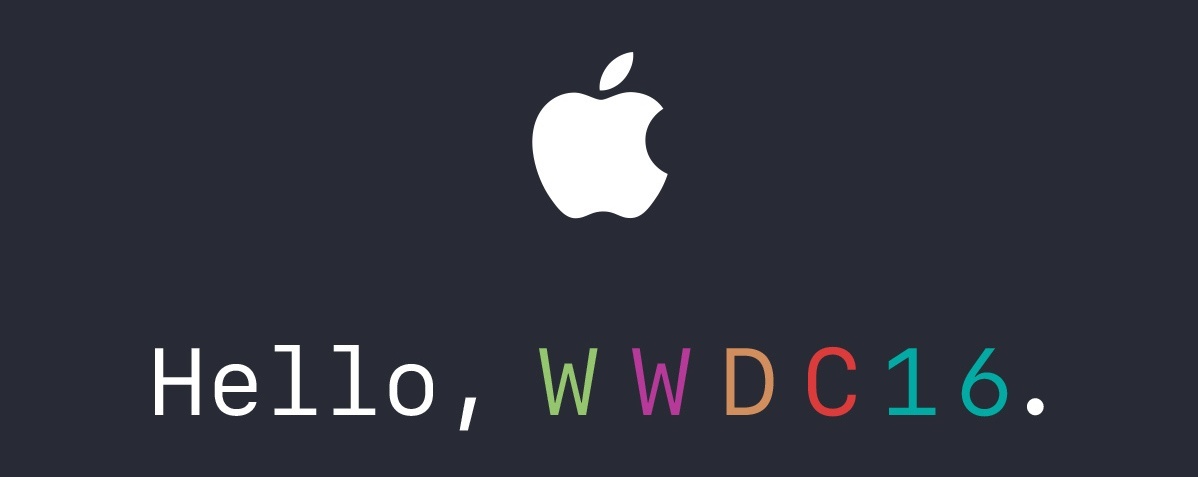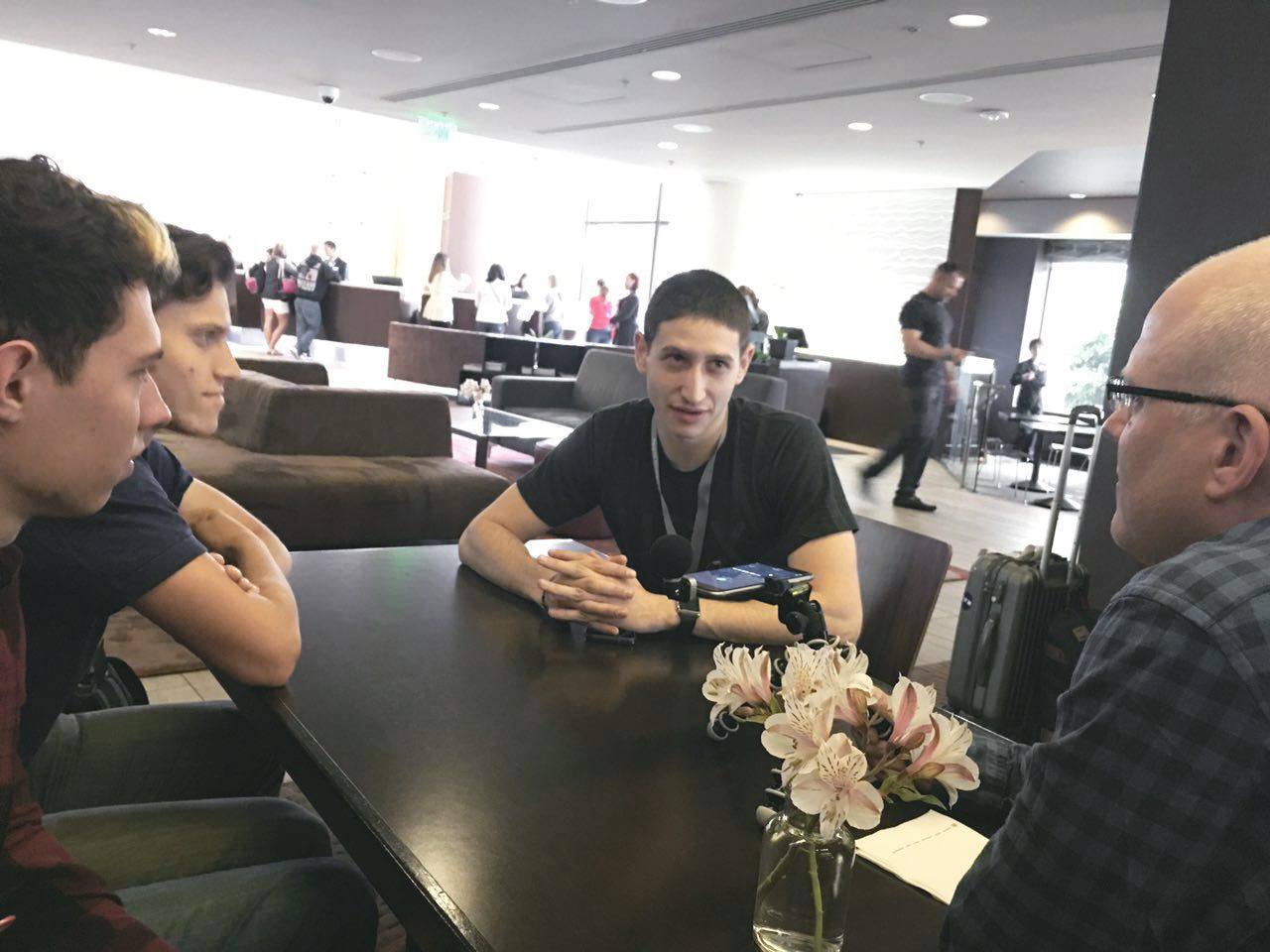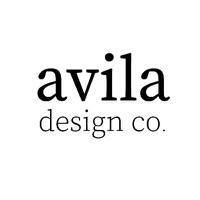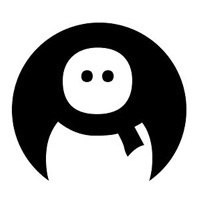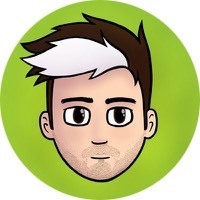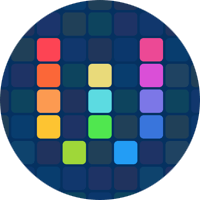Over the course of WWDC I recorded interviews with fifteen developers and other people from the Apple community (sixteen including one pre-WWDC interview) about their reactions to the announcements made at WWDC and their work. The interviews, which are embedded below, grew out of The MacStories Lounge Telegram channel, where Federico and I have posted short audio updates for the past few months. I didn’t get a ticket in the WWDC lottery this year, but there was never a question in my mind that I would fly out to San Francisco for the week because I go for the people and geeky conversations as much as to learn what’s new. Thinking about those conversations it occurred to me, ‘why not record some of them to share with MacStories readers?’
What I recorded over the course of the week are the same sorts of conversations that happen all over San Francisco during WWDC, whether it’s in line for a session at Moscone, over a meal with friends, or yelled at the top of your voice in a noisy bar at night. It was fun to see the many common threads that emerged from the interviews over the course of the week. Everyone had their own unique take on the events and interests in things that are relevant to their own projects, but there were also many reactions to WWDC that were common to most of the people to whom I spoke.
Apple Watch
The changes to the Apple Watch caught everyone a little off guard, especially the performance improvements squeezed out of the current hardware. I watched the keynote from Twitter’s headquarters and the initial reaction by many people was skepticism. It was hard to believe that the load times demonstrated would work on current hardware. But as the week wore on, it became apparent that Apple had been conservative in its initial performance tuning. After studying watch use for months, it became evident to Apple that there is additional battery power that can be expended each day and RAM that can be used to keep some apps resident in memory for faster access.
In my interviews, people pointed again and again to features like fast app launching, background data updating, and the replacement of Glances with the Dock as features that excited them. These are more than design changes. Early reports from the brave souls who have already installed the watchOS 3 beta indicate that the speed demonstrated by Apple is very real. In a device that is designed for quick, glanceable interactions, these performance improvements are huge. I spoke to many developers who are rethinking existing watch apps and ones that they never shipped due to performance issues. I haven’t seen this much excitement over the Apple Watch since its launch and I am optimistic that this will reinvigorate the platform.
Extensions Everywhere
With iOS 8, Apple began opening up more and more of the iPhone and iPad to third-party developers using extensions. The first extensions enabled general purpose actions like sharing data via the share sheet, executing actions provided by other apps without leaving the current app, and displaying today widgets. Since their introduction, Apple has continued to introduce extension points in iOS and with iOS 10, there are now a total of 19 different extension points. Of particular note in iOS 10 are new extension points that are built into some of Apple’s own apps and systems like Messages, Maps, and Siri.
One interesting point of view I heard during my interviews was that the number of extension points may actually lead to more relevant extensions. When there were only a few types of general purpose extensions, developers felt compelled to add every type in hopes of being featured on the App Store, whether their apps were a good fit for all types or not. With nineteen extension points, some of which are specific to tasks like navigations or making calls, the pressure to create every type of extension has been removed because it makes no sense to implement every extension type and wouldn’t be feasible for small teams if they wanted to try.
The extensions points themselves create new opportunities for developers and leave a lot of room for creativity. One of the most exciting is the new Messages App Store, a store dedicated to sticker packs and apps that can be accessed directly from within Messages. Creating stickers for Messages requires no code – it’s a simple matter of dragging art assets into Xcode. Every designer I spoke to at WWDC was interested in trying stickers. Developers were interested in Messages apps too. For instance, Jelly, the maker of GIFWrapped, shared how Messages is already the number one way people share GIFs from his app, which should make a Messages app a natural fit for an app like GIFWrapped.
Despite the excitement over extensions in general, Siri was one of the areas where developers were most disappointed. Siri was opened to third-party developers, but is limited to several specific domains like messaging, workouts, and ride hailing. In addition to being limited to certain types of interactions, each of the integrations with Siri is also limited to client side app interactions, meaning that instead of interfacing with web-based services, which is something that the Amazon Echo can do for instance, Siri needs a locally installed app before it can interact with a service.
Developer Tools
The improvements to developer tools may seem like they only benefit developers, but anything that makes developers’ jobs easier makes their apps better for customers too. Many of the changes to Xcode, including the new memory debugger, revamped code signing, the improved view debugger, and the way size classes are displayed, were described to me as ‘quality of life’ improvements. That is to say, the changes didn’t, in most cases, fundamentally change how apps are built, but should make the process easier, allowing developers to spend more time on the unique and creative aspects of their apps, and less time struggling with the tools.
Swift Playgrounds App
The Swift Playground app is a powerful new way to learn Swift. Many of the developers I spoke to already know Swift, but were still excited to see a new way for beginners to learn Swift. Also promising is the fact that the Playgrounds app integrates with iTunes U and the creation of content for it is open to anyone, which means lessons can be authored for all ages and experience levels. Many of the people I spoke to and interviewed were also excited about the new coding keyboard in the Swift Playground app because it’s the kind of thing they could imaging being incorporated into a full-blown Xcode for iPad development environment someday.
The People
Each year, Apple does a better and better job at easing the pain of those who don’t get a ticket to WWDC. This year was no different. In recent years, Apple streamed the keynote, Platform State of the Union and Apple Design Awards. This year, Apple streamed everything on the web, its iOS apps and the Apple TV. In another change that struck me as a net positive, the keynote, Platform State of the Union and Apple Design Awards were all held in the Bill Graham Civic Auditorium for the first time. While I heard some nostalgia from developers for the fun, camping out atmosphere of the line that used to wrap around Moscone West in the early morning hours, the new first-day venue seemed to allow developers to head to the keynote at a more sane hour of the morning.
That may seem like it obviates the need to attend WWDC, but time and again I heard from people that what makes WWDC unique is the ability to see old friends, many of whom may be spread out all over the globe, make new ones, and pick the brains of a lot of people with similar interests. That has been my experience over the years as well, and is some of what I tried tried to capture in my interviews.
The Interviews
Each of the interviews can be streamed via the embedded SoundCloud players below, on SoundCloud’s website, or the SoundCloud iOS app. There is also an RSS feed of the entire playlist containing all the interviews, which you can use to download the interviews to your favorite podcast player. In addition, current and future Club MacStories members can download a single MP3 file with slightly higher audio fidelity, a short introduction by me, and chapter markers that allow you to skip around the interviews if you choose. Club members can find the MP3 in the Downloads area of your profile here.
Thomas Pritchard
Tom is the creator of Podcast Chapters, the app I used to create the chapter markers in the MP3 version of these interviews for Club MacStories members. I sat down with Tom in Chicago before WWDC, while he was in town visiting friends. I took Tom to the Parlor Pizza Bar to simulate the background noise I figured I would have to contend with in San Francisco and after a good lunch we talked about the genesis of his app and what he hoped to see at WWDC.
Curtis Herbert
Curtis is the maker of Slopes, a skiing and snowboarding app that tracks all sorts of data when you ski or snowboard. Curtis and I talked a lot about Apple’s new app subscription model and what that might mean for different kinds of apps, including Slopes. We also discussed the new ability for workout apps to run in the background on the Apple Watch and enhancements to developer tools.
Matt Teresi
Unlike the other people I spoke to at WWDC, Matt makes a physical product called the Easel for use with the iPad Pro. It’s a hand-made stand designed around the metaphor of a drafting table and with the Apple Pencil in mind. Matt and I talked about his inspiration for the Easel and his disappointment that Apple didn’t extend the functionality of the iPad Pro and Apple Pencil at WWDC.
Craig Hockenberry
Iconfactory is celebrating its 20th anniversary this year. Craig and I talked about Twitterrific and what app subscriptions might mean to apps like it, BitCam, The Iconfactory’s new camera app for taking black and white dithered photos that look like they were produced on a Mac from the late 1980s, and what the Messages extensions could mean to developers.
Bryan Irace
Bryan Irace is formerly of Tumblr and is working on a project he can’t talk about yet, so we dove deep into a bunch of the new features announced at WWDC, including the Apple Watch enhancements, Siri, notifications and other extension points, code signing, Xcode plugins, and Messages. Bryan seemed happy with most of what was announced at WWDC, but would have liked to have also seen server-side Siri functionality, a greater emphasis on Watch complications, and the ability to customize Control Center.
Dermot Daly
I first met Dermot at the inaugural Úll conference that was held in Dublin, Ireland. Dermot runs Tapadoo, the largest mobile-only development firm in Ireland. Dermot and I talked about the benefits to his business and Úll of attending WWDC. Dermot also shared the details behind Úll’s ‘call for performances’ for this year’s conference, which is happening November 1-2 and discussed some of the announcements at WWDC like HealthKit.
Manton Reece
Manton is an indie developer. He runs Riverfold Software doing a combination of client work and building his own products, such as Sunlit and Tweet Library. Manton’s latest project is an upcoming micro-blogging platform designed to take ease-of-use lessons learned from the social networking world and apply them to blogging using open web standards. We also talked about podcasting and writing for his blog on the iPad Pro.
Ryan Cash, Harry Nesbitt, and the Snowman team
Ryan Cash brought the team behind Alto’s Adventure and other projects with him to talk about the history of his company, Snowman. We discussed Checkmark, Circles, and Super Squares, which all predate Alto’s Adventure as well as the inspiration for Alto’s Adventure and Harry’s artwork for the game. While there were few game related announcements at WWDC this year, the Snowman team was definitely intrigued by ReplayKit, which lets you record and stream gameplay.
Joe Cieplinski
Joe is an independent designer and developer with Bombing Brain Interactive, a mobile app development shop that makes Teleprompter+ and Setlists, and the bass player for Airplane Mode, which played at Jim Dalrymple’s Beard Bash this year. Joe and I talked about version 2.1 of SetLists, which launched during WWDC, and what app subscriptions could mean for apps like Teleprompter+. Joe and I also talked about the business opportunities created by the improvements to watchOS 3.
Casey Liss
Like many other people I interviewed, Casey, a Richmond, Virginia-based iOS developer and host of the Accidental Tech Podcast, came to San Francisco this year without a ticket to WWDC. Instead, he attended the Layers conference, a design-focused conference hosted by Jessie Char and Elaine Pow just a few blocks from Moscone West. We covered a wide range of topics including Layers, diversity in the design and development communities, developer tools, the Apple Watch, CarPlay, and the changes to the Messages app.
Ben McCarthy
Ben is the developer of Obscura, a pro-level camera app for iOS. Ben and I dove into the changes to iOS that affect the Camera including the opening of Live Photos to third parties, the ability to shoot and process RAW images, and the expanded color space support in iOS. Ben and I also discussed extensions and speculated about someday being able to sell photo filters directly from within the Photos app in a manner similar to the new Messages store.
Matt Bischoff
Matt is an independent developer who is part of the team that comprises Lickability, which does client work and its own products like Quotebook and Pinpoint. Matt and I discussed Swift, the Swift Playgrounds app, the memory debugger, and other developer tools. Matt also explained Lickability’s new open source framework for developers called PinpointKit, which, when incorporated by a developer, makes it easy for beta testers to send visual feedback to the developers whose apps they are testing.
James Thomson
It has been a few years since James, the creator of PCalc, last attended WWDC and it was the first time we had met in person. When I sat down with James, he told me the story of how he met Craig Federighi in a WWDC session. James and I also chatted about the benefits of traveling to WWDC despite the cost to reconnect with old friends, meet new ones, and learn from your peers. Of course I couldn’t pass up a chance to also ask where we might see PCalc pop up next.
Jean MacDonald
Jean is one of the founders of App Camp for Girls, an organization that runs summer camps to introduce girls to iOS development. Jean and I talked about the fundraiser that WWDCGirls organized for App Camp, which featured James Dempsey and the Breakpoints. The event was a great success, raising far more money for the organization than in any prior year since it was founded. We also talked about the student scholarship program and the growing diversity on stage at the WWDC keynote.
Jelly (aka Daniel Farrelly)
Jelly is the creator of GIFWrapped, an app for finding, storing, and sharing animated GIFs. With an app like GIFWrapped, of course we talked about the opportunities presented by the Messages store, but we also discussed the changes to watchOS and the growing diversity reflected in conferences like Layers and on the Apple keynote stage.
Ari Weinstein, Conrad Kramer, and Nick Frey
Ari, Conrad, and Nick are all part of the Workflow team, the amazing iOS automation tool that many of us use regularly here at MacStories. The extension announcements at WWDC immediately got the Workflow team thinking about how they could push the boundaries of the new features in iOS 10. Particularly interesting to them are interactive notifications, and the speed improvements on Apple Watch, which should make Workflow much more practical to use on the Watch. Finally, we talked about some of the new actions that have debuted in the most recent updates to Workflow, including some of the amazing things that can be done when Workflow is combined with IFTTT.
I interviewed sixteen people at WWDC, but spoke to dozens more during my week in San Francisco. I would have interviewed every single one of them if I had the time, because as Federico so aptly put it in our last Club MacStories newsletter,
… there’s something special about meeting someone you’ve known for a long time exclusively through the Internet. While I thought I knew some people and had made some special friendships through the years, getting to know them in person is different.
It is different. Each person that finds themselves in San Francisco for WWDC has arrived there on a different path and with a different story to tell, but with the same excitement of building something cool for other people. That’s an infectious environment that fuels enthusiasm for app development and inspires developers to keep doing what they do, even as it has become more difficult to do so in a sustainable way.
Thanks to everyone who participated in The MacStories Lounge WWDC 2016 Interview Series. WWDC week is hectic whether you have a ticket or not, and I appreciate the time everyone made in their schedules to speak to me.


